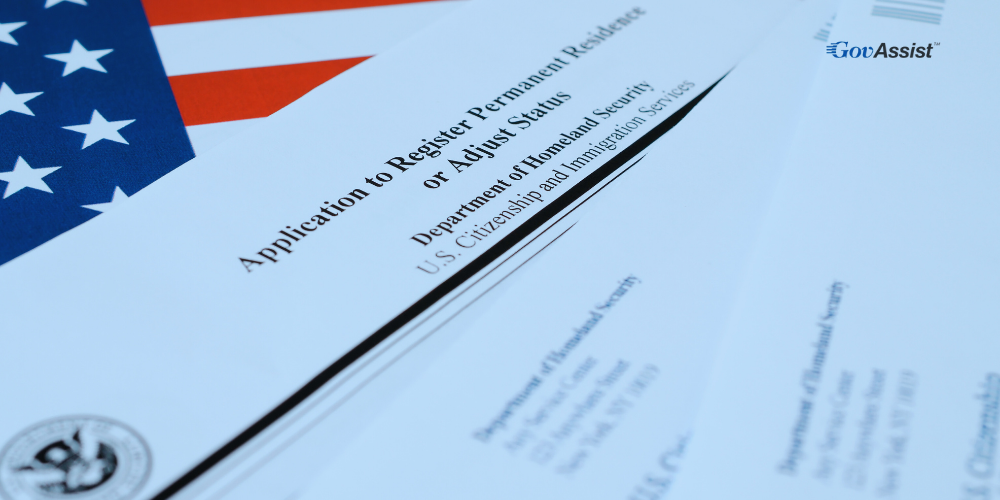In the intricate journey of U.S. immigration, time is more than just a ticking clock; it’s a crucial factor that can significantly influence the lives of countless individuals and families. However, in recent times, a concerning trend has emerged: the U.S. Citizenship and Immigration Services (USCIS), the agency responsible for handling immigration applications, is taking longer than ever to process these critical documents.
Aims to shed light on the stark reality facing many in the immigration process – a reality marked by prolonged uncertainties and the daunting prospect of deferred dreams. From the historical context of processing times to the current landscape marked by seemingly interminable delays, we explore the multifaceted factors contributing to this slowdown, including policy changes, staffing challenges, and the far-reaching impact of the COVID-19 pandemic. As we navigate through these complexities, this post also offers insights and guidance for those caught in the throes of waiting, providing a clearer understanding and potential pathways to mitigate the impact of these unprecedented delays in the USCIS processing system.

To fully grasp the significance of the current delays in USCIS processing times, it's essential to look back at the historical context. In the past, most immigration applications were processed within a predictable timeframe, often spanning a few months to a year, depending on the type of application. This relative predictability allowed applicants to plan their lives with a reasonable degree of certainty, whether it pertained to employment, education, or family reunification.
However, over the years, these processing times have gradually increased. What used to be a matter of months has, in many cases, extended to years. This shift represents a significant departure from the past, causing mounting frustration and uncertainty among applicants.
Several critical factors contribute to the extended USCIS processing times:
The delays are not uniformly distributed across all types of applications; some are more severely affected than others:
The extended processing times at USCIS are not just administrative inconveniences; they have real, profound consequences on the lives of applicants. Individuals and families are left in a state of limbo, which can last for months or even years. The delays disrupt plans for employment, education, and family reunification, often causing significant financial and emotional strain. For those awaiting work authorizations, these delays mean lost job opportunities and income. In cases of family-based petitions, extended separations can place considerable stress on relationships. For applicants seeking naturalization, the delays can postpone their ability to participate fully in civic life, including the right to vote.
In response to the growing backlog and criticism, USCIS has acknowledged the issue and is reportedly taking steps to address these delays. Efforts include hiring additional staff, improving operational efficiency, and investing in technology to expedite processing. While these measures are a step in the right direction, the impact of these changes remains to be seen, and many applicants continue to face long wait times.
For those dealing with the frustration of delayed applications, several strategies can help:
Frustrated by the long waiting periods, advocacy groups, legal experts, and even lawmakers have been calling for reforms at USCIS. Several lawsuits have been filed challenging the agency's handling of applications and demanding faster processing. These efforts aim to bring systemic change to the way USCIS operates, ensuring more timely and fair processing of applications.
The future of USCIS processing times is uncertain. While the agency's efforts to address the backlog offer some hope, the reality of policy and operational challenges suggests that significant improvements may take time.
The current state of USCIS processing delays is a significant concern for applicants and advocates alike. Understanding these delays and taking proactive steps is essential for navigating this challenging landscape.
For more information and support, applicants can turn to official USCIS resources and various advocacy groups dedicated to immigration issues. Staying connected and informed is key to effectively managing the uncertainties of the immigration process in these challenging times.
Every case is unique, and some cases are more complex than others.
If you are not sure where your case fits in, or are just looking for some one-time information and pointers to move forward, a brief consultation with an experienced advisor can make all the difference.
Make a better decision after a deep-dive into your case with an experienced professional, all from the comfort of your own home, at the time of your choosing.
Access years of first-hand experience in preparing for an all-new and reviewed U.S. visa request, at the click of a button: